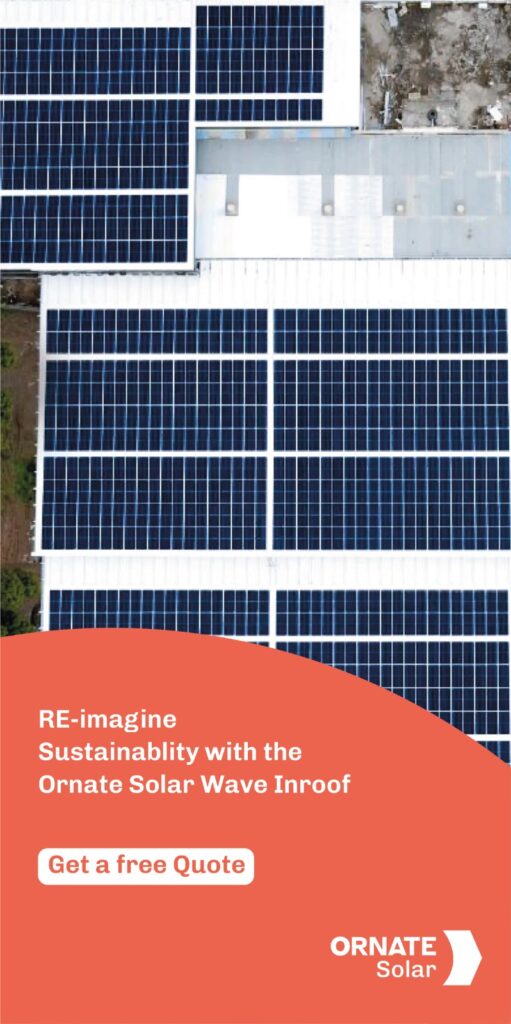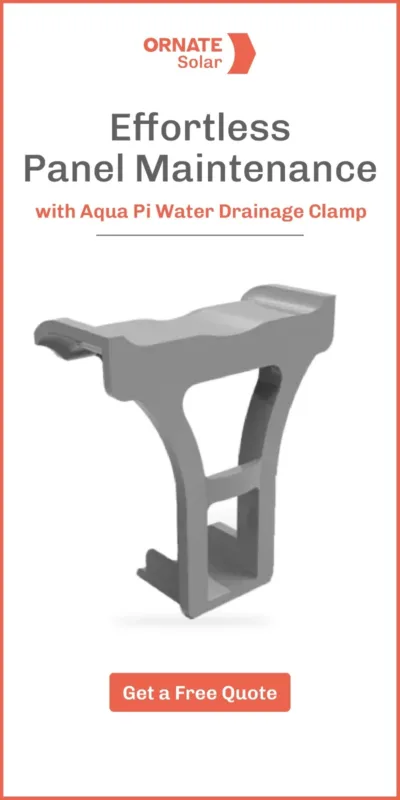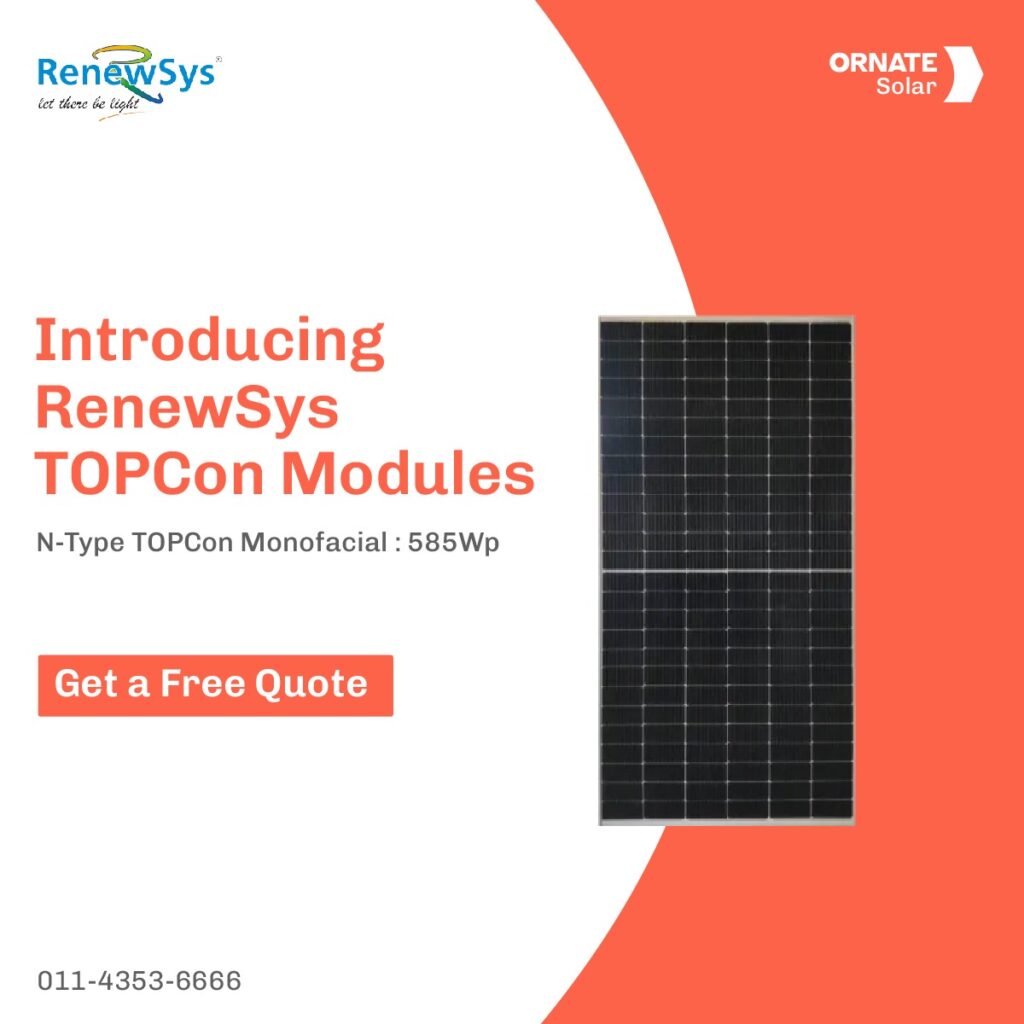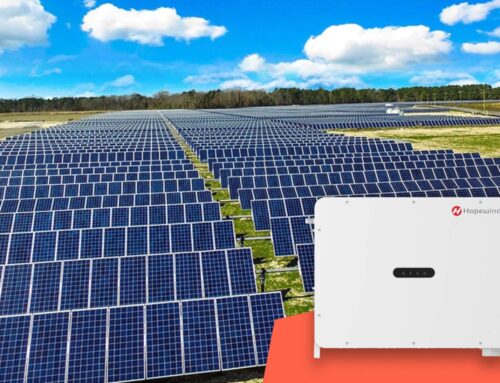

As urban areas continue to expand and traffic volumes increase, noise pollution along roadways has become a significant environmental concern. Traditional noise barriers have been effective in mitigating traffic noise, and improving the quality of life for nearby residents. However, an innovative approach combines noise reduction with renewable energy generation: Photovoltaic (PV)-enabled noise barriers. This article explores the concept of noise barriers, their necessity, and the additional benefits offered by integrating photovoltaic technology.
Understanding Noise Barriers
Noise barriers are structures designed to shield communities from the harmful effects of traffic noise. Typically constructed from materials like concrete, metal, or wood, these barriers absorb or reflect sound waves, reducing the noise that reaches residential areas. The effectiveness of a noise barrier depends on its height, length, and the materials used in its construction.
The Necessity of Noise Barriers
- Health and Well-being: Prolonged exposure to high levels of traffic noise can lead to various health issues, including hearing loss, stress, sleep disturbances, and cardiovascular diseases. By reducing noise pollution, barriers contribute to the overall well-being of communities.
- Environmental Impact: Noise pollution not only affects humans but also wildlife. Excessive noise can disrupt animal communication, breeding patterns, and habitats. Effective noise barriers help mitigate these ecological impacts.
- Economic Benefits: Reduced noise pollution can increase property values and make areas more attractive for residential and commercial development. Additionally, lower noise levels can improve worker productivity in nearby businesses.
Technological Aspects of Noise Barriers
Noise barriers operate on several key technological principles to effectively reduce noise pollution:
- Sound Absorption: Materials used in noise barriers are often designed to absorb sound waves. Porous materials like concrete, wood, and specialized sound-absorbing panels trap and dissipate sound energy, reducing the amount of noise that passes through the barrier.
- Sound Reflection: Some noise barriers reflect sound waves back toward the source or upwards into the atmosphere. Reflective barriers are usually made from solid materials like metal or dense concrete. The shape and orientation of the barrier also play a critical role in directing the sound away from sensitive areas.
- Height and Length: The height and length of a noise barrier are crucial for its effectiveness. Taller barriers block more sound, and extending the barrier beyond the noise source and the protected area ensures better noise reduction.
- Location and Placement: The placement of noise barriers relative to the noise source and the protected area significantly impacts their effectiveness. Barriers placed closer to the source or the receiver provide better noise reduction.
Photovoltaic-Enabled Noise Barriers
Photovoltaic-enabled noise barriers incorporate solar panels into the structure of traditional noise barriers, transforming them into dual-purpose installations. These innovative barriers not only reduce noise pollution but also generate renewable energy, offering several additional benefits:
- Renewable Energy Generation: Integrating photovoltaic panels into noise barriers allows for the generation of clean, renewable energy. This energy can be fed into the local grid, used to power nearby infrastructure, or stored for future use. It contributes to reducing reliance on fossil fuels and lowers greenhouse gas emissions.
- Efficient Land Use: Installing PV-enabled noise barriers along roadways utilizes existing infrastructure without requiring additional land. This is particularly beneficial in urban areas where space is limited.
- Cost-Effectiveness: While the initial installation cost of PV-enabled noise barriers may be higher than traditional barriers, the long-term benefits of energy generation can offset these costs. Revenue from selling the generated electricity or savings on energy bills can provide a return on investment.
- Aesthetic and Functional Design: Modern designs of PV-enabled noise barriers can enhance the visual appeal of roadways. Transparent or semi-transparent photovoltaic panels can be used to maintain aesthetic appeal while still generating energy.
- Promoting Sustainability: Implementing PV-enabled noise barriers demonstrates a commitment to sustainable development and environmental stewardship. It can serve as a public statement about the importance of renewable energy and innovative infrastructure solutions.
Quantifying the Benefits: Noise Reduction and Energy Generation
Noise Reduction
Studies indicate that PV-enabled noise barriers can reduce noise levels by 5 to 10 decibels. This reduction is significant enough to mitigate the adverse health effects associated with long-term exposure to traffic noise.
Energy Generation
The amount of electricity generated by PV-enabled noise barriers depends on several factors, including the length of the barrier, the efficiency of the photovoltaic panels, and the amount of sunlight received.
- Calculation of Energy Generation
For instance, let us consider a 10-kilometer stretch of highway equipped with Noise Barrier PV systems. Assuming each kilometer of barrier generates 7,000 kWh of electricity per year, the total energy generation would be:
10km ×570 MWh/km/year =5700 MWh/year
This energy can power approximately 5000 average households in India for a year, highlighting the significant impact that such systems can have on local communities.
Factors Affecting Energy Generation
Several factors influence the efficiency and effectiveness of Noise Barrier PV systems:
- Sunlight Exposure: The orientation and angle of the PV panels play a crucial role in maximizing sunlight absorption.
- Panel Efficiency: Advances in PV technology is continuously improving the efficiency of solar panels, resulting in higher energy output.
- Maintenance: Regular maintenance ensures that the PV panels remain clean and operational, thereby maintaining optimal energy generation levels.
Challenges and Considerations
While Noise Barrier PV systems present numerous benefits, there are also challenges that need to be addressed
- Initial Costs: The installation of PV systems on noise barriers requires a significant upfront investment. However, this can be mitigated by government subsidies and incentives for renewable energy projects.
- Technical Integration: Ensuring the structural integrity and durability of the noise barriers with integrated PV panels is crucial. This requires careful engineering and design to withstand weather conditions and vibrations from road traffic.
- Regulatory Approvals: Projects involving infrastructure modifications often require approvals from multiple regulatory bodies, which can be time-consuming and complex.
Case Studies and Real-world Applications
Several countries have already begun to implement PV-enabled noise barriers with promising results:
Germany:

In 2009, a 2.7 km stretch of the A3 highway was covered with PV panels, forming the largest PV plant integrated with road infrastructure. This project, with a total capacity of 2.65 MWp, showcased the potential for large-scale photovoltaic applications beyond noise barriers.
Switzerland:

In 1989, Switzerland pioneered the first photovoltaic noise barrier (PVNB) near Domat/Ems along the A13 highway. This 100 kWp plant, highly visible to drivers, generates 1000 kWh/kWp annually for the local grid. Despite its proximity to the motorway, the uncleaned glass modules showed no significant efficiency degradation. After a decade of uninterrupted operation, minor inverter repairs were needed, and full operation resumed in 2002.
Netherlands:

Netherlands installed its first photovoltaic noise barrier along the A27 near Utrecht. This 550-meter system, with a 48.5 kWp capacity, demonstrated the feasibility of combining noise barriers with solar energy. Monitored from 1995 to 1997, the system operated 92% of the time, facing minor issues. Key findings included energy loss for inverter heating and dirt accumulation from traffic.
Conclusion
Photovoltaic-enabled noise barriers represent a forward-thinking solution that addresses two critical issues: noise pollution and the need for renewable energy. By integrating solar panels into traditional noise barrier structures, these installations offer a multitude of benefits, including energy generation, efficient land use, and long-term cost savings. As urban areas continue to grow and the demand for sustainable infrastructure increases, PV-enabled noise barriers stand out as a practical and innovative approach to building greener, quieter, and more energy-efficient communities.
About Ornate Solar
Ornate Solar is a leading solar company with 10 years of experience in the industry and the mission to reimagine the way solar is installed worldwide.
By not only partnering with the best-in-class solar brands but also developing our high-quality solutions, (panels, solar inverter, accessories, InRoof), we develop and deliver solutions that are modern, reliable, and effective.
If you are looking for high-quality solar solutions, reach out to us at 011 43536666 to discuss your options.













Leave A Comment